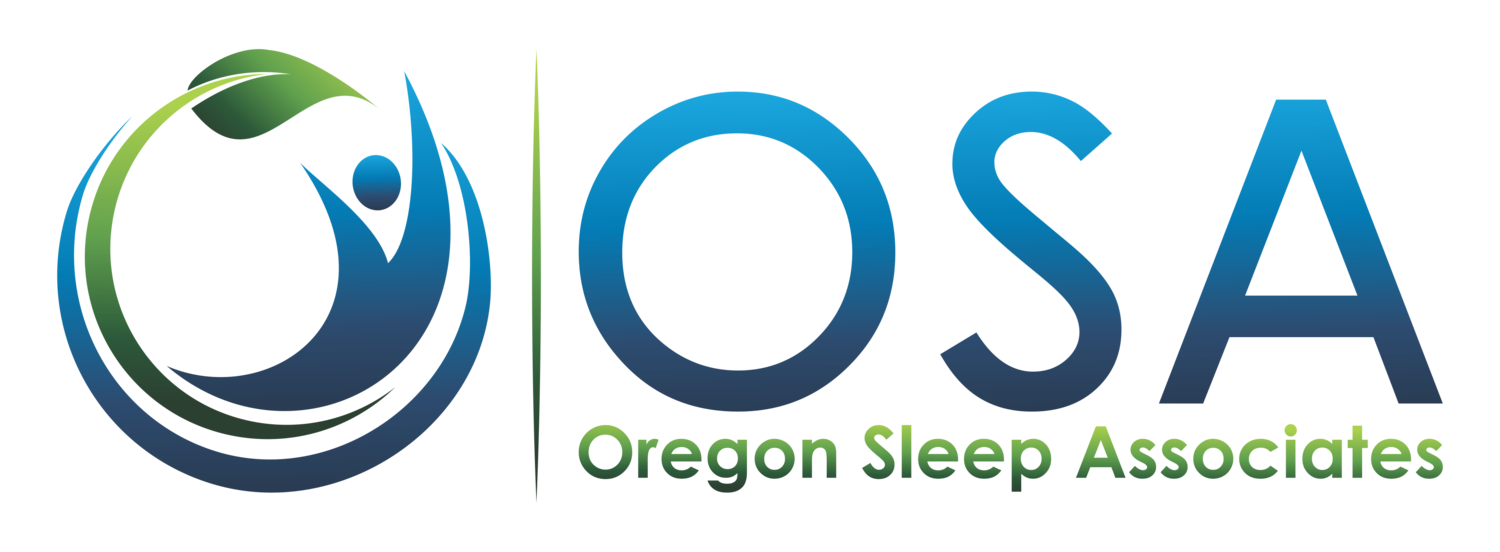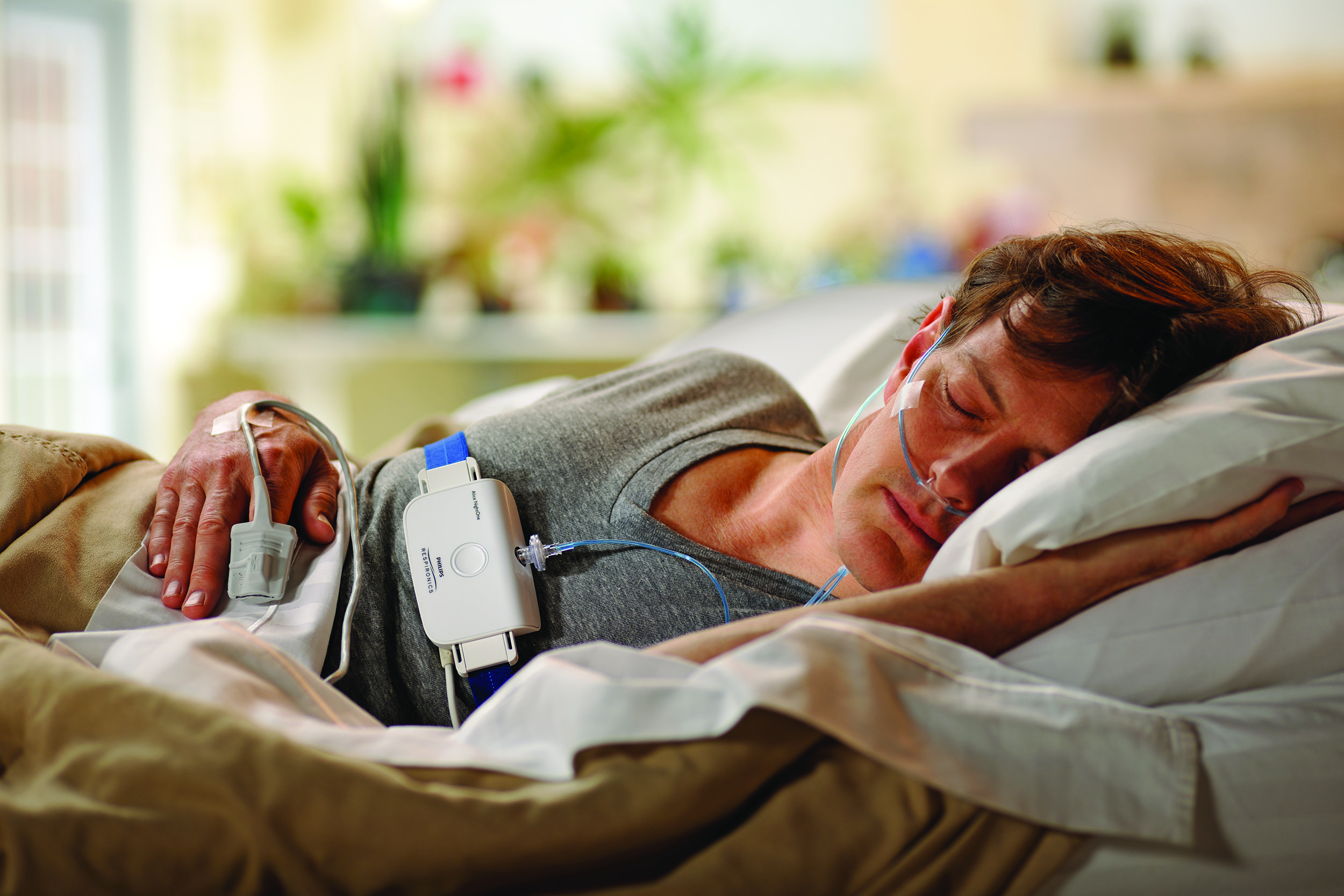There are four primary sleep testing options depending on your specific symptoms and suspected sleep disorder.
Below is a brief description of each test and what it can reveal about your sleep. Click the buttons below to learn more.
An at-home sleep test (HST) is a wearable device with three sensors to monitor breathing during sleep. This test is an easy-to-use option for detecting various forms of sleep apnea. The ability to sleep in your own bed makes HSTs a popular option. Patients can choose to pick up an HST kit in our NW Portland office or have it mailed to their home.
An in-lab sleep test - or polysomnography - requires an overnight stay at our NW Portland office. We have three private bedrooms, furnished and equipped to monitor sleep quality and duration by an attending technologist. This study is used to diagnose and treat obstructive, central, and complex sleep apnea, PLMD, RBD, parasomnias, nocturnal epilepsy, and more.
A multiple sleep latency test, also known as an MSLT, is a nap study conducted during the day in our NW Portland sleep lab. This test uses EEG sensors to monitor precise sleep stages during naps staggered throughout the day. A positive MSLT is required to make a definitive diagnoses of narcolepsy.
A pulse oximetry test can be used as a low-cost screening tool for sleep apnea prior to an official sleep test. It is also helpful to determine efficacy of sleep apnea treatments such as CPAP or oral appliance therapy. This test is conducted at home, and consists of one sensor worn over the index finger during sleep, which records oxygen and heart rate.

